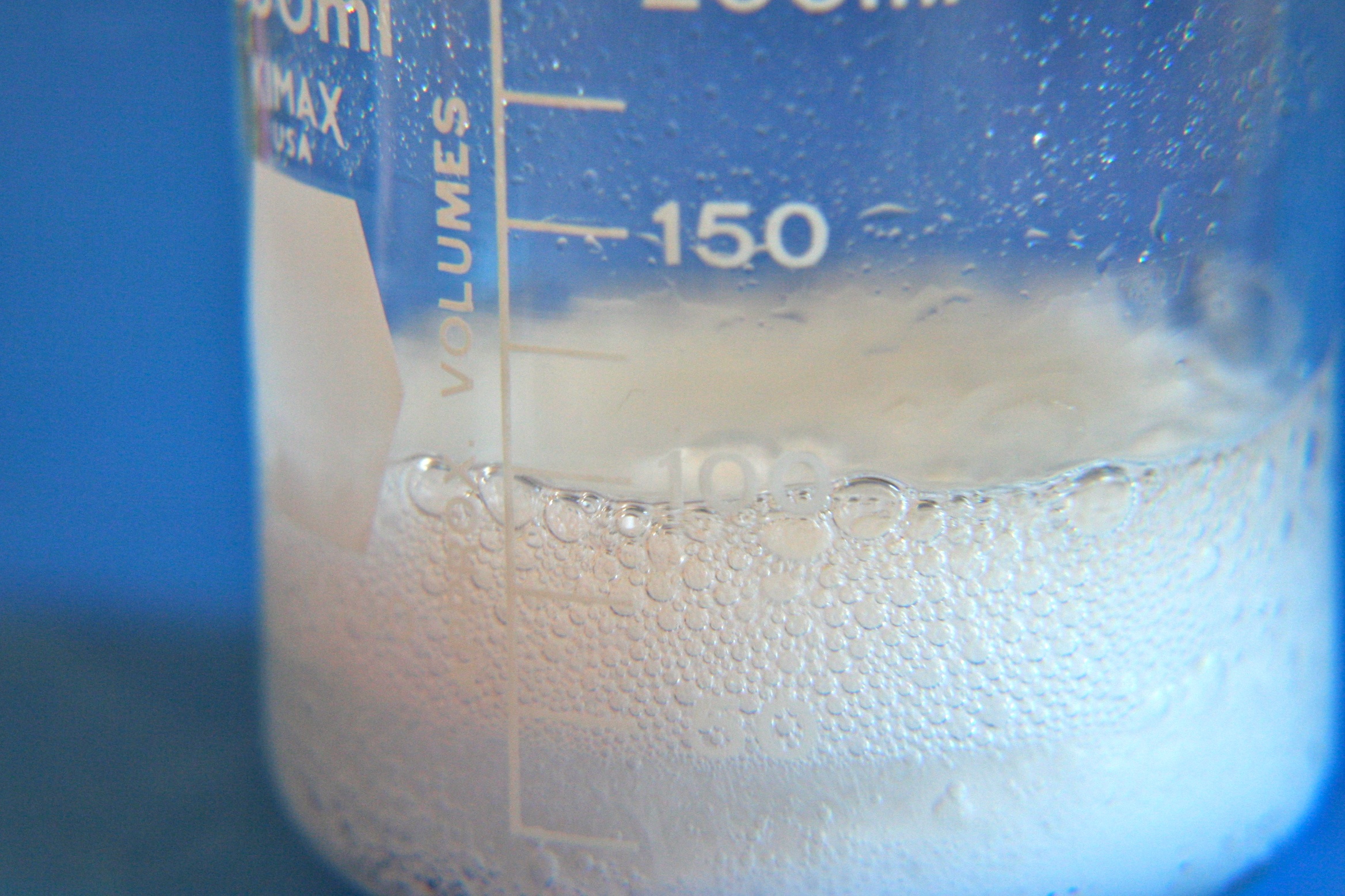Chemical Reaction Formula
Chemical Reaction
Chemical Reaction Formula- it contains the reorganizing of atoms of the same or different elements to form new substances. Generally, we represent it with a chemical equation in which the reactants (substances that are broken apart) are written on the left and the products (a new substance that form) are written on the right. Furthermore, it the resulting product or the reactant are more than two then we separate them with a + sign. Moreover, we use an arrow (→) to separate the reactant side of the equation with the product side.

Common Symbol
There are certain symbols that we use to distinguish between different types of reactions. These symbols are:
We use the ‘=’ symbol to denote a stoichiometric reaction.
The arrow ‘→’ symbol denotes a net forward reaction.
The right-left arrow symbol denotes a reaction in both directions.
Also, we use
We can also state the physical state of chemical in parentheses after the chemical symbol, especially for ionic reactions. Furthermore, when stating the physical state the letter ‘s’ denotes solid, ‘l’ denotes a liquid, and ‘g’ symbolizes a gas, and ‘aq’ denotes an aqueous solution.
However, if the reaction requires energy then we indicate it above the arrow. We use the capital letter delta (
Balancing a chemical equation
The law of conservation of mass states that the amount of elements does not change in a chemical reaction, which means each side of the chemical equation must represent the same quantity of any particular element. In the same way, the chemical reaction conserves the charge. So, both sides of the equation must present a balanced equation.
We can balance the simple equation by inspection, i.e. by trial and error. In addition, another technique involves solving a system of linear equations. Furthermore, the balanced equation is written with the smallest whole-number coefficients. Most noteworthy, if there is no coefficient then the coefficient is 1.
For example: we can balance the burning of methane by putting a coefficient 1 before CH4:
1 CH4 + O2 → CO2 + H2O
As both sides of the arrow have one carbon atom so the equation is balanced.
Ionic equations
These are chemical equations in which we can write electrolytes as distant ions. Moreover, we use ionic reactions for single and double displacement reactions that occur in aqueous solutions.
For example: The following precipitation reaction:
Besides, the full ionic equation is:
However, in this reaction, the
Or in reduced balanced form it is:
Solved Example For You
Question: Show the reaction of methane (CH4) and oxygen (O2) and their products?
Solution: When methane reacts with oxygen it produces carbon dioxide and water. The reaction is: